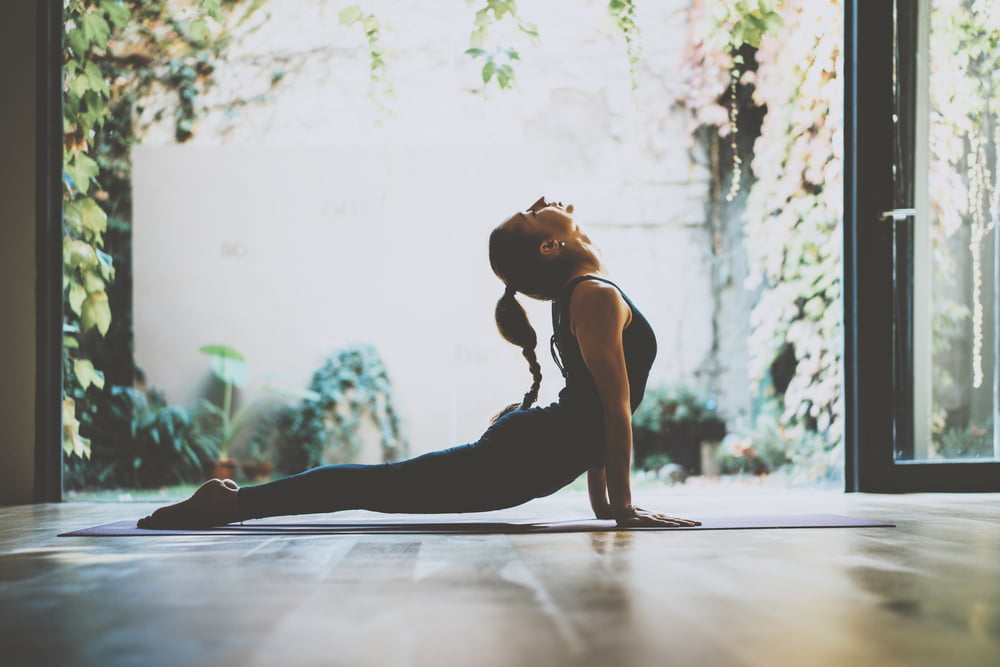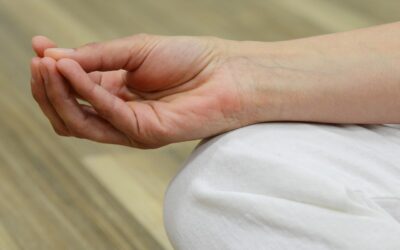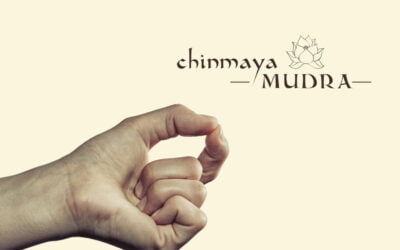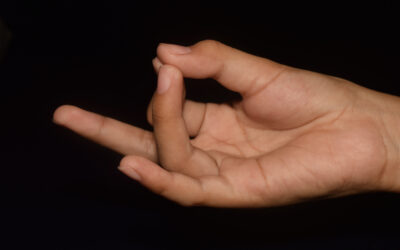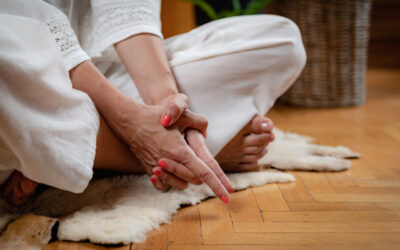Yoga, pranayama and mudra for bipolar disorder are an increasingly popular form of holistic therapy. It has been clinically proven to reduce symptoms of depression and mania, as well as promote overall wellbeing. With the help of yoga, those suffering from bipolar disorder can learn how to practice self-care, manage stress, and find balance in their lives. In this article, we’ll be exploring the best yoga poses, pranayama and mudra for bipolar disorder that can help you find peace and stability.
What is Bipolar Disorder?
Bipolar disorder is a mental health disorder characterized by drastic shifts in mood, energy levels, and behavior. People with bipolar disorder can experience periods of extreme elation (manic episodes) followed by depression, or vice versa. These swings can last for days, weeks, or months at a time.
Causes of Bipolar Disorder.
The exact cause of the bipolar disorder is still unknown, but it is believed to be a combination of environmental and genetic factors. Researchers believe that environmental stressors such as abuse, neglect or trauma can trigger the onset of bipolar disorder. Genetic predisposition may also play a role, with some people having a greater likelihood of developing the bipolar disorder if they have family members who suffer from it.
Symptoms of Bipolar Disorder.
Bipolar disorder is a mood disorder characterized by extreme highs and lows in mood and energy levels. The symptoms of bipolar disorder can be very disruptive to daily life and can include extreme highs or manic episodes, depression, and other changes in behavior.
People with bipolar disorder experience mood swings that can range from extremely excited and energize to feeling sad, down, and sluggish.
The most common symptoms of bipolar disorder include having an elevated mood or feeling excessively happy or irritable; increased energy; decreased need for sleep; difficulty concentrating; impulsivity; risky behavior; racing thoughts; and increased talkativeness.
During manic episodes, people with bipolar disorder may also have episodes of psychosis, where they experience hallucinations or delusions.
How Does yoga, pranayama and mudra help in Bipolar Disorder?
Yoga, pranayama and mudra are beneficial for those struggling with bipolar disorder. There are a variety of techniques that can help manage the symptoms of bipolar disorder, including the use of Yoga, pranayama and mudra.
Yoga, pranayama and mudra can provide an outlet for stress and anxiety, reduce mood swings, and improve overall health and well-being. By focusing on breath control, relaxation, and postures, Yoga, pranayama and mudra can help alleviate some of the symptoms associated with bipolar disorder.(1)
These can be used as an effective complementary treatment for bipolar disorder by providing relaxation techniques, increasing self-awareness, decreasing negative thinking patterns, and improving physical fitness.
It has been found to reduce symptoms such as depression and anxiety, as well as improve overall functioning in individuals with bipolar disorder. Additionally, practicing yoga can help individuals develop better coping strategies and improved self-regulation.
As a result, it can assist in reducing symptoms associated with bipolar disorder, such as anger and irritability. Furthermore, research has shown that Yoga, pranayama and mudra can help improve concentration, regulate emotions, and increase feelings of joy and relaxation.
Overall, Yoga, pranayama and mudra for bipolar disorder can be a powerful tool in helping individuals gain greater control over their moods and manage their symptoms. Through relaxation techniques, meditation, and physical postures, Yoga, pranayama and mudra can help individuals find greater balance in their lives while managing the challenges associated with bipolar disorder.
Best Yoga Poses for Bipolar Disorder.
1. Upavistha Konasana.
Upavistha Konasana is a seated, side-stretching pose that is often used in Yoga for Bipolar Disorder. It is one of the simplest and most basic poses to do in Yoga and helps to relieve stress and fatigue while creating an energizing stretch. This pose helps to open the chest, hips, and spine while also increasing flexibility. Practicing this pose regularly can also help to restore balance to the mind and body.
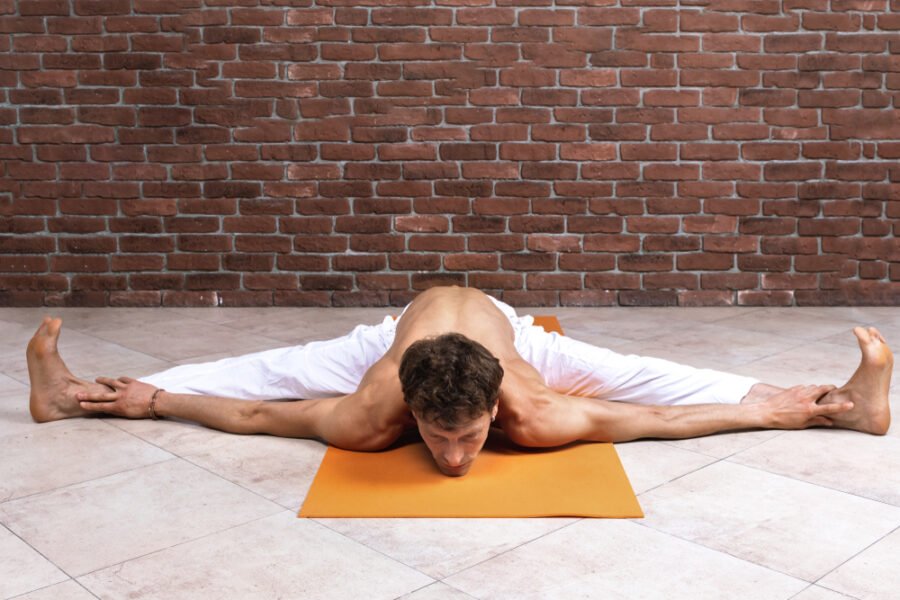
How to do Upavistha Konasana?
- To practice Upavistha Konasana, start by sitting on the floor with your legs spread out as far apart as you can comfortably go.
- Allow your knees to drop to the sides and keep your spine erect. If it is more comfortable, you can bend your knees slightly.
- Place your hands on the floor behind you and use them for support. Take a few deep breaths and begin to straighten your legs, pressing those outwards from the hips.
- As you exhale, reach your chest forward, keeping your spine erect and your shoulders relaxed. Hold this pose for 10-20 seconds before releasing.
2. Dandasana.
Dandasana, also known as the Staff Pose, is a great Yoga for Bipolar Disorder. This pose promotes relaxation and opens up the chest, improving breathing and aiding in stress relief.
It can help to calm and balance emotions and improve concentration. Practicing this pose regularly can help to reduce symptoms of Bipolar Disorder and bring balance and peace to your mind and body.
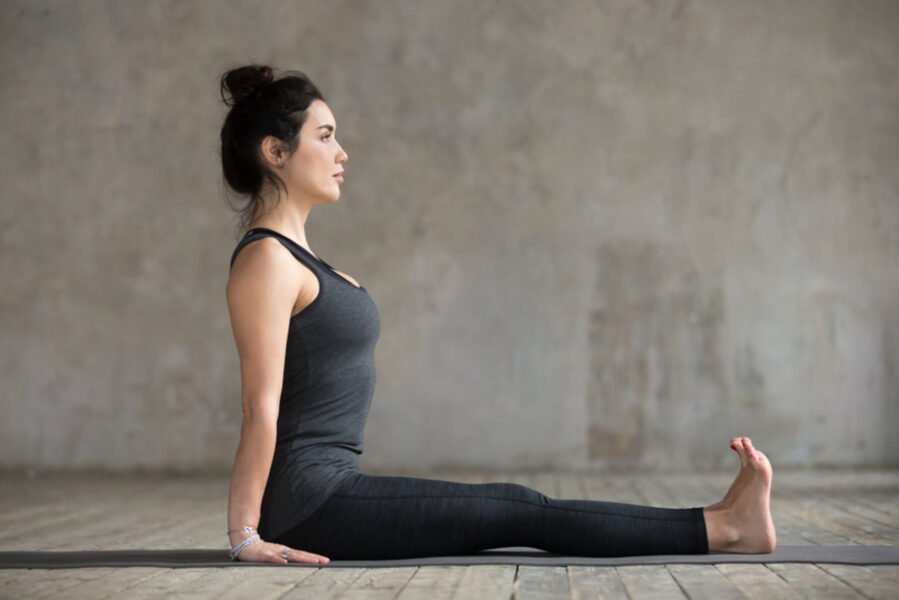
How to do Dandasana?
- To get into this pose, begin by sitting on the floor with your legs outstretched in front of you. Make sure your feet are together and flex your toes towards your shins.
- Place your palms down on either side of you and press your back against the floor as you stretch your arms up toward the ceiling.
- Keep your neck long and shoulders relaxed as you stay in this pose for up to five minutes, or until you feel relaxed and centered.
3. Ardha Pincha Mayurasana.
Dolphin Pose, or Ardha Pincha Mayurasana, is an important pose in yoga for bipolar disorder. It can help to relieve stress and anxiety and promote relaxation. The pose requires balance, strength and concentration and can be a great way to practice mindfulness and take time to focus on your breath.
The strength, balance and concentration required in this pose can also help to keep you focused and centered in the present moment. Additionally, it can help to increase self-awareness and connect you to your body. With regular practice, this pose can provide relief from symptoms of bipolar disorder.

How to do Ardha Pincha Mayurasana?
- To begin the pose, start in a tabletop position on your hands and knees.
- Lower your forearms onto the floor, making sure they are shoulder-width apart and curl your toes under so that your toes are touching the floor.
- Then, engage your core muscles as you slowly lift your hips up towards the ceiling and press your legs straight behind you.
- Keep your neck in line with your spine and relax your shoulders away from your ears. Hold the pose for five breaths and then slowly lower back down.
4. Setu Bandhasana or Bridge Pose.
Bridge Pose is a very beneficial Yoga for Bipolar Disorder as it helps to relieve stress and tension in the body, improving mental clarity and relaxation.
This pose helps to reduce anxiety, depression and symptoms associated with bipolar disorder. It also helps to strengthen the spine and increase flexibility, improving posture.
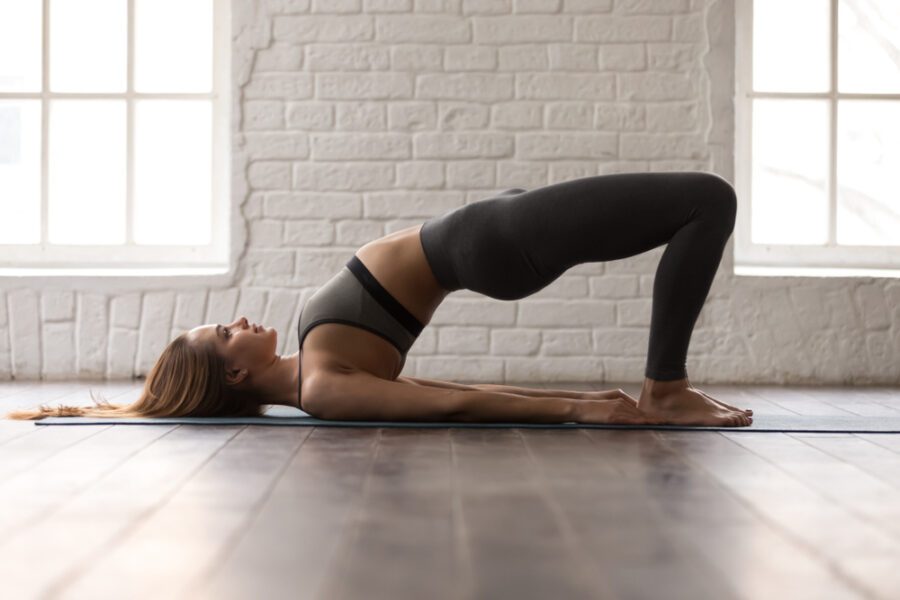
How to do Setu Bandhasana or Bridge Pose?
- To perform this pose, start by lying on your back with your feet flat on the floor, hip-width apart.
- Then, inhale and lift your hips off the ground, creating a bridge shape with your body. Keep your arms alongside your body, palms facing down.
- Hold the pose for 5 to 10 breaths, focusing on deep inhalations and exhalations.
- To release the pose, exhale and slowly lower your hips to the ground.
- Be sure to practice this pose mindfully and with caution if you are suffering from any physical ailments.
5. Paschimottanasana or Seated Forward Bend.
Paschimottanasana is a seated forward bend that involves stretching the spine, hamstrings, and shoulders. It is a great pose to help people with bipolar disorder find balance in their life as it helps to relax and calm the mind.
The forward bend works to stretch out the muscles, allowing for more relaxation and mental clarity. This can be beneficial to those suffering from bipolar disorder as they often experience a lot of mental agitation.
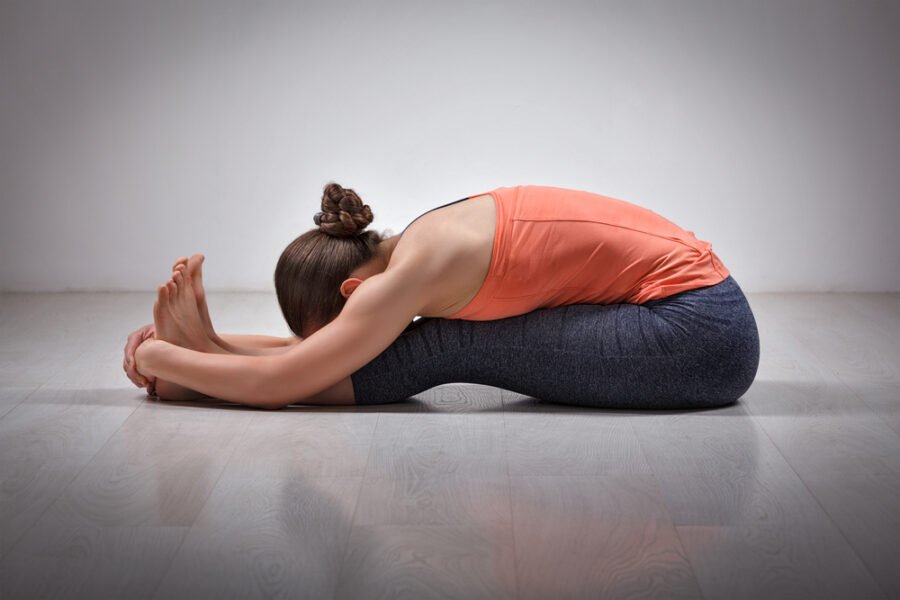
How to do Paschimottanasana or Seated Forward Bend?
- To do Paschimottanasana, start in a seated position with your legs extended in front of you and your feet flexed.
- Reach your arms up towards the ceiling and then exhale as you reach forward, taking hold of your feet if you can.
- Keeps your spine straight, making sure not to arch your back. If you can’t reach your feet, don’t worry – just keep reaching as far as you can go without forcing yourself.
- Breathe deeply and stay in the pose for about 5 minutes.
6. Garudasana or Eagle Pose.
Garudasana, or Eagle Pose, is an important pose for people with bipolar disorder. It helps to bring balance and calmness to the mind and body, allowing you to focus on the present moment and let go of worries. It also helps to strengthen the core muscles and improve flexibility in the hips and shoulders.
However it also brings balance and relaxation to the mind and body. Additionally, it can help to increase focus and concentration, as well as reduce stress levels. Practicing this pose regularly can help to manage the symptoms of bipolar disorder, allowing you to better cope with difficult situations.

How to do Garudasana or Eagle Pose?
- To practice this pose, begin by standing with your feet hip-width apart.
- Cross your right thigh over your left, then bend your knees and draw your heels toward your buttocks.
- As you do so, wrap your arms around each other in front of your chest.
- Hold the pose for a few breaths, and then switch sides.
- When practicing this pose, it’s important to remember to keep your spine straight and your chin lifted, which will help you maintain proper alignment in the pose. Additionally, focusing on your breath can help to bring a sense of balance and calmness to the mind.
Best Kundalini yoga poses for bipolar disorder.
Kundalini yoga is a powerful form of yoga practice that can help to balance moods and emotions, and also reduce stress levels. For people with bipolar disorder, this kind of yoga can be especially helpful in providing relief from the highs and lows associated with the condition.
Kundalini yoga uses breathing exercises, postures, and meditation techniques to bring about mental clarity, balance, and emotional stability. Best Kundalini yoga poses for bipolar disorder include the following:
1. Sat Kriya.
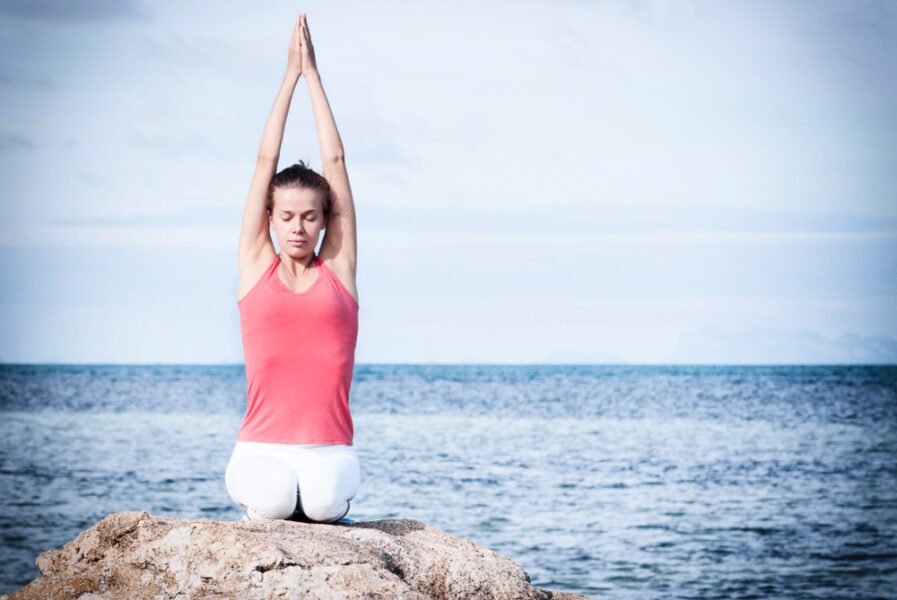
This posture helps to calm the mind and promote relaxation. It is a gentle yet powerful exercise that helps to regulate hormones and balance emotions.
2. Pranayama.
Pranayama involves a series of breathing exercises that help to calm the nervous system and bring about a sense of mental clarity and peace.
3. Shavasana.
Shavasana is a deep relaxation pose that helps to reduce stress and anxiety levels. It can also help to induce a feeling of tranquility and contentment.
4. Uddiyana Bandha.
This pose is beneficial for calming the mind and reducing stress levels. It also helps to improve digestion and stimulate the abdominal organs.
5. Meditation.
It is a great way to reduce stress and tension in the body, as well as bring about an inner sense of peace and serenity. Meditation can also help to reduce symptoms associated with bipolar disorder such as depression, irritability, and mood swings.
By practicing these five Kundalini yoga poses for bipolar disorder, you can reduce your stress levels, restore balance to your emotional state, and help to promote overall mental health and wellbeing.
Through regular practice of these poses, you can learn how to better manage the highs and lows of bipolar disorder, while also enjoying the many physical and mental benefits of Yoga.
Best Pranayama for bipolar disorder.
Pranayama, or yogic breathing, is very effective for Bipolar Disorder. It helps to regulate the nervous system and balance emotions. Pranayama helping to reduce symptoms such as agitation, depression, and anxiety.
Pranayama practices can help to reduce stress, increase relaxation, and bring a sense of inner peace and balance. With regular practice, these pranayama techniques can help to improve the quality of life and make living with bipolar disorder easier. Here are five pranayama practices that can help:
1. Nadi Shodhana (Alternate Nostril Breathing).

This technique helps to balance the left and right hemispheres of the brain. It has calming effects on the mind and body and can help reduce stress and anxiety.
2. Bhramari (Bee Breath).
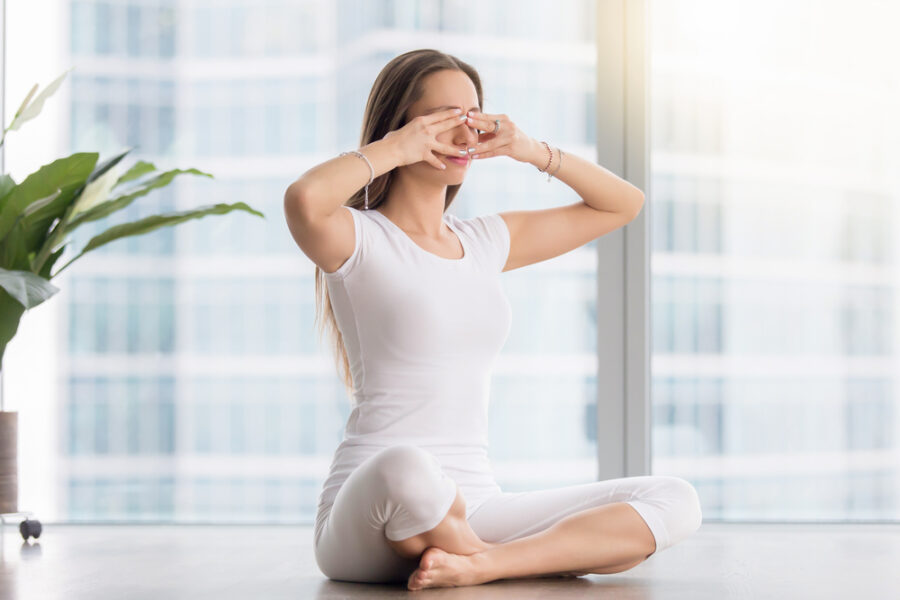
This pranayama practice helps to reduce stress and anger and calms the mind. It helps to bring the mind into a state of inner peace and relaxation.
3. Ujjayi (Victorious Breath).

This is a powerful breath that helps to calm the mind and reduce stress levels. It also helps to increase focus and clarity of thought.
4. Sitali (Cooling Breath).
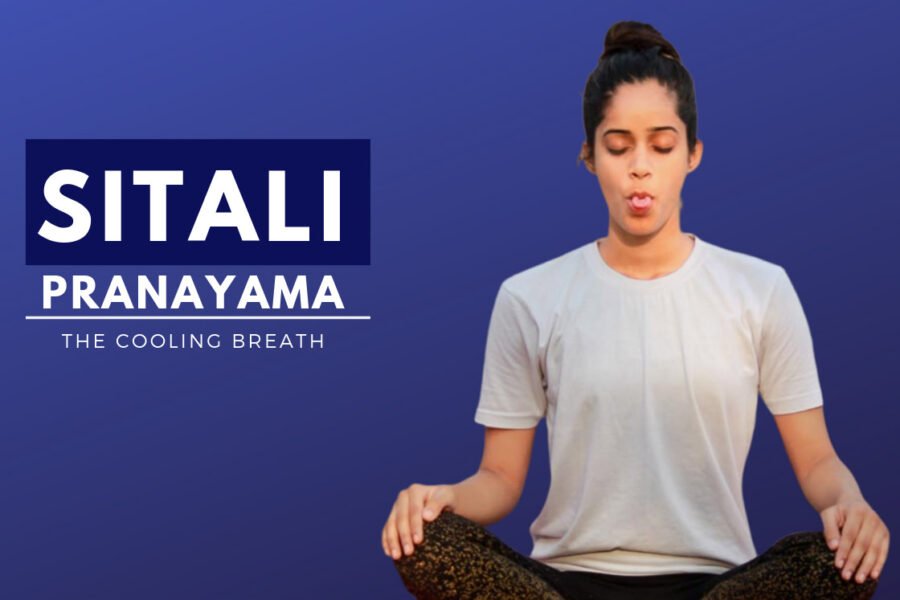
This pranayama practice helps to reduce heat and anger in the body and mind. It helps to promote inner peace and calmness.
5. Bhastrika (Bellows Breath).
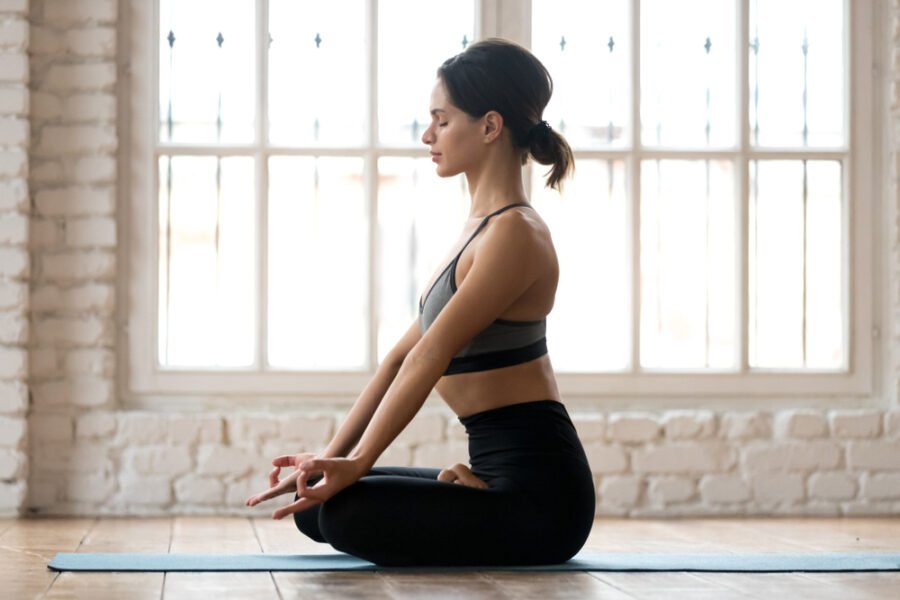
This technique helps to stimulate the digestive system and improve circulation. It is also said to promote mental clarity and concentration.
Best Mudra for bipolar disorder.
Mudras are special hand gestures that can be used to direct energy flow in the body. Mudras are especially beneficial for managing bipolar disorder as they can help to calm the mind and focus the thoughts. Several mudras can be used to reduce anxiety and stress associated with bipolar disorder. With regular practice, these mudras can help to improve mental health and lead to a more balanced life.
Here are five mudras to try when dealing with the symptoms of bipolar disorder:
1. Bhramari Mudra.
This mudra helps to reduce stress and calm the mind.

How to do Bhramari Mudra?
- The thumb, index and middle finger should be placed on the closed eyes, while the other two fingers should rest lightly on the forehead.
- Inhale deeply and slowly, focusing on breathing, then exhale through the nose as you keep your fingers in place.
2. Prana Mudra.
This mudra is used to awaken the energy within the body and promote healing.

How to do Prana Mudra?
- Place the tips of the thumb, ring finger and little finger together while keeping the other two fingers extended.
- Concentrate on your breath, inhaling and exhaling in a rhythmic pattern while visualizing healing energy flowing through your body.
3. Gyan Mudra.
This mudra is used to enhance concentration and promote clarity of thought.
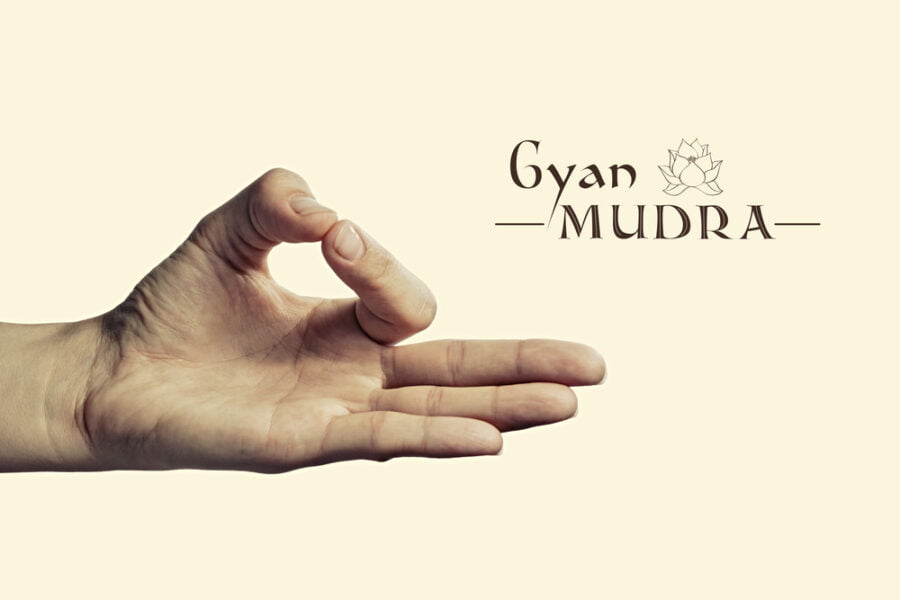
How to do Gyan Mudra?
- Touch the tip of the index finger to the tip of the thumb, leaving the other three fingers extended.
- Focus on your breath and visualize yourself filled with a sense of clarity.
4. Apana Mudra.
This mudra helps to relax and release tension from the body.
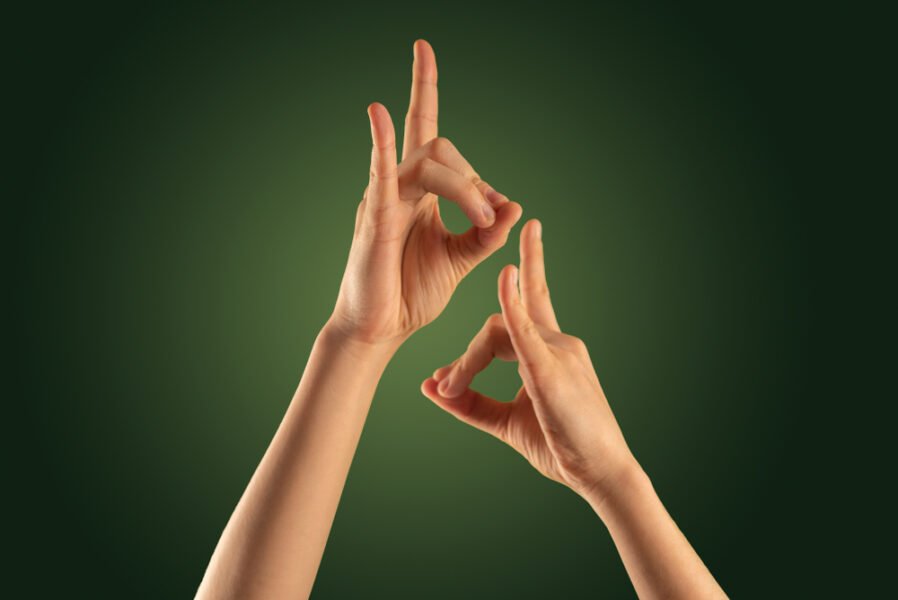
How to do Apana Mudra?
- Place the tip of the thumb against the base of the little finger while keeping all other fingers extended.
- Visualize yourself releasing stress and tension from your body as you take long, deep breaths.
5. Ushas Mudra.
This mudra is used to increase creativity and imagination.

How to do Ushas Mudra?
- Bring your thumbs together in front of you while extending all your other fingers straight out.
- Close your eyes and focus on the breath, visualizing yourself surrounded by creative energy.
Points to keep in mind while doing yoga for bipolar disorder.
1. Remember to practice mindful breathing. Mindful breathing is an important component of yoga, and it can help to reduce stress and manage symptoms of bipolar disorder.
2. Practice poses that help relaxes the body and mind. Yoga poses like Child’s Pose, Corpse Pose, and Supported Fish Pose can help relieve tension and calm the mind.
3. Speak to your doctor before starting a yoga program. Before starting a yoga program, it is important to speak with your doctor to make sure it is safe and appropriate for you.
4. Set realistic goals. When beginning a yoga program, it is important to set realistic goals. Don’t try to do too much too soon and be patient with yourself as you progress.
5. Use yoga as part of your overall treatment plan. Yoga should not be used as a replacement for other forms of treatment for bipolar disorder, but rather as a complement to medication, therapy, and lifestyle changes.
Bottom Line.
Yoga, pranayama and mudra for Bipolar Disorder are a great way to reduce stress and manage the symptoms of this mental health condition. Through regular practice, individuals can benefit from improved physical and emotional well-being. Yoga, pranayama and mudra that focus on relaxation, breathe control and awareness can help you to stay present at the moment and better manage your moods. Practicing Yoga, pranayama and mudra for bipolar disorder also helps to promote healthier sleeping habits, reduce anxiety, increase self-esteem and even boost cognitive functions. As you begin to see the benefits of practicing it will become an integral part of your daily routine. With its many health benefits, Yoga, pranayama and mudra can be an effective tool to help you manage your bipolar disorder and improve your overall well-being.
+1 Source
Freaktofit has strict sourcing guidelines and relies on peer-reviewed studies, educational research institutes, and medical organizations. We avoid using tertiary references. You can learn more about how we ensure our content is accurate and up-to-date by reading our editorial policy.
- The Effects of Yoga on Bipolar Disorder: A Systematic Review; https://www.ncbi.nlm.nih.gov/pmc/articles/PMC9440796/

 Workout
Workout
 Meditation
Meditation


 Stories
Stories


 Podcast
Podcast E-book
E-book